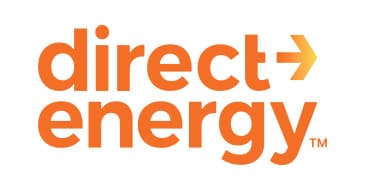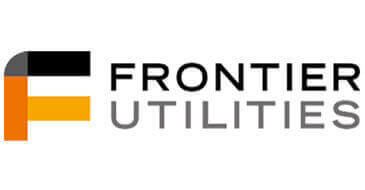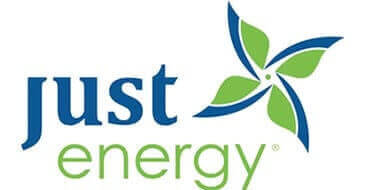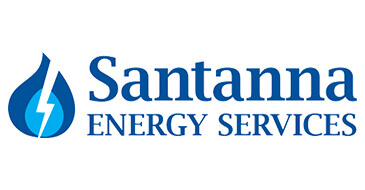
Enter Your Zip Code

Compare Natural Gas Prices

Select A Plan
Compare Gas Rates in Ohio

Ohio Natural Gas Rates Comparison
Looking for an easy way to make an Ohio natural gas rates comparison? Easily compare gas rates in Ohio with just your zip code. You’ll see an Ohio gas prices chart showing rates in your area. Then pick the best plan for your home!
We walk you through shopping for natural gas from start to finish and help you save on your utility bills. New to natural gas shopping? Here are some great places to start:
- The Basics: How to Shop for the Best Natural Gas Plan
- Four Reasons to Switch Natural Gas Plans
- How to Switch Natural Gas Suppliers
- How to Shop for Natural Gas in Ohio
Or try our city-specific shopping guides:
Ohio Energy Choice - How to Find the Best Gas Rates

Looking for a true “apples to apples” energy choice comparison for natural gas?
In the late 1990s, the Public Utilities Commission of Ohio (PUCO) deregulated Ohio’s energy market. This gave customers the ability to choose their energy supply from companies other than their local utility. Since then, thousands of commercial and residential customers have chosen to purchase their natural gas from alternative energy suppliers.
The PUCO runs an apples to apples comparison shopping site for natural gas called Energy Choice Ohio. But wading through all the introductory offers from every provider takes time.
Instead, NaturalGasPlans combs through the offers to bring you the best options from known providers. Our tools make it easy to make a true apples to apples comparison of offers.





